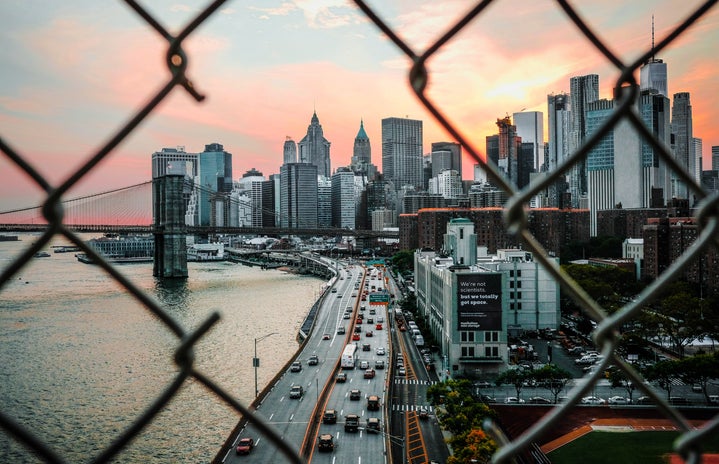Trayvon Martin. Michael Brown. Tamir Rice. Sandra Bland. These names, along with many more, have helped Americans wake up to the racism inherent in our justice system. The killings last week of Philando Castile and Alton Sterling have left the country outraged, protesting and calling for change. Yet, in the midst of this, some interesting information has emerged. The New York Times reported a study by Harvard economics professor, Roland G. Fryer, who examined 1,000 police shootings in major cities, and supposedly found that there is no racial disparity in police shootings—but there is in use of force. It’s an interesting finding that deserves a closer look.
The study found these statistics when looking at police use of force:
| with blacks | than with whites in similar situations |
||
| use hands | 2,165for every 10,000 stops in New York City |
1,845for every 10,000 stops in New York City |
17% more likely |
| push into wall | 623 | 529 | 18% |
| use handcuffs | 310 | 266 | 16% |
| draw weapons | 155 | 129 | 19% |
| push to ground | 136 | 114 | 18% |
| point weapon | 54 | 43 | 24% |
| use pepper spray or baton | 5 | 4 |
25% |
Source: The New York Times
“A new study confirms that black men and women are treated differently in the hands of law enforcement,” writes New York Times authors Quoctrung Bui and Amanda Cox. “They are more likely to be touched, handcuffed, pushed to the ground or pepper-sprayed by a police officer, even after accounting for how, where and when they encounter the police. But when it comes to the most lethal form of force—police shootings—the study finds no racial bias.”
The study claims that blacks and whites are just as likely to be shot, but leaves out the important factor that due to the racism ingrained in our police system, more black men and women are pulled over or called out by police in the first place, making a shooting more likely to follow the initial encounter.
While the results do offer interesting evidence and accurately proves that black and Hispanic people are treated differently, there is not enough to support that there is no racial disparity in lethal shootings. As German Lopez of Vox points out, the data pool from police departments is too small, only examines information that the police departments gave up willingly (many departments refused, maybe because they don’t want the data scrutinized by the public) and it only looks at racial bias after the police have stopped a black or Hispanic person in the first place. In general, we just don’t have that much data on police encounters, and the data we do have is often through the lens of the police themselves—and this can skew the results, as Ezekiel Kweku of MTV News explains. Fryer does emphasize that the study is not definitive and needs more data.
Other data sets have enough evidence to prove that lethal shooting definitely involves racial bias, but regardless, this study by Fryer is starting an important conversation. You can read the full study here.


